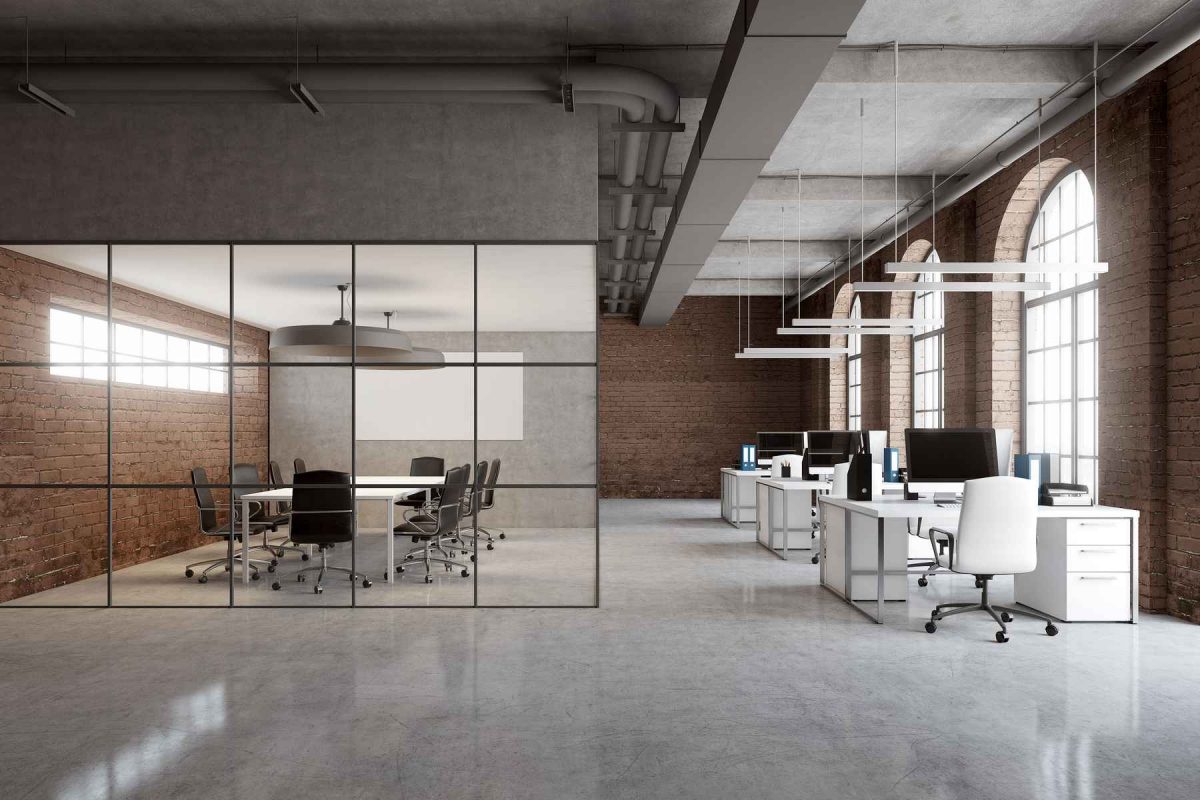‘Productivity is never an accident. It is always the result of a commitment to excellence, intelligent planning and focused effort.’– Paul Meyer
Where you work—your office environment—can influence how well you work. An intelligently-planned work environment increases productivity. The workplace is shifting demographically and technologically, and the types of tasks are different than they were in traditional offices designed thirty years ago. Office design plays a major role in employee satisfaction, health, and performance. Here are some important factors that affect productivity:
- Lighting: One study notes an average 2% increase in overall productivity when employees have exposure to natural light. Natural sunlight evolutionarily plays an important role in controlling when and how well we sleep and signal the regulation and release of different hormones. The healing benefits of the sun have been studied in different healthcare and patient settings and light therapy is widely used to reduce depression and anxiety. While natural light plays an important role in overall health which tends to enhance performance, it also tackles some of the barriers to productivity. A Cornell University study found that natural light exposure reduced eyestrain by 51%, headaches by 63%, and drowsiness by 56%. In addition to providing more natural light, office design can reduce eye strain by ensuring the lighting is even and using angles to prevent glare.
- Air quality: Poor air quality can decrease productivity by 3%, costing an average of $15 billion lost in productivity in U.S. companies. Air quality includes air flow, allergens, humidity and temperature. While hot offices can make workers sleepy, colder environments contribute to more typing errors and slower typing speeds.
- Activity and options: There is no one-size-fits all office design; everyone has their own personal preferences. And even those preferences can vary day-to-day or between tasks. While in recent years there has been more emphasis on open work places and spaces that harbor collaboration, a survey of a quarter million employees across 67 countries found that the majority of employees attribute high importance to environments that allow for individual concentration and quiet. Employees reported feeling more productive when given space for concentrated thinking with more dividers. However having variety and options to break routine, such as open team rooms, rotating workstations, or working from home on some days, can increase productivity and improve mood.
A well-designed workplace improves the health, happiness, and productivity of employees while also attracting and retaining talent. Unhappy employees cost the U.S. economy $450 to $550 billion per year in lost productivity. The cost to replace top executives who turn over in positions due to poor environment and additional sick days taken because of poor working environments is costly. It is worth the time to carefully assess and consider your work environment when building up your business.



You must be logged in to leave a reply.